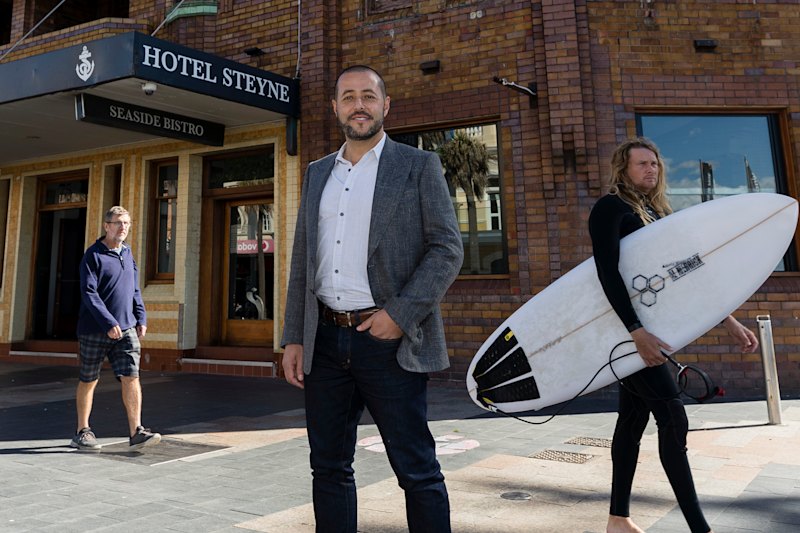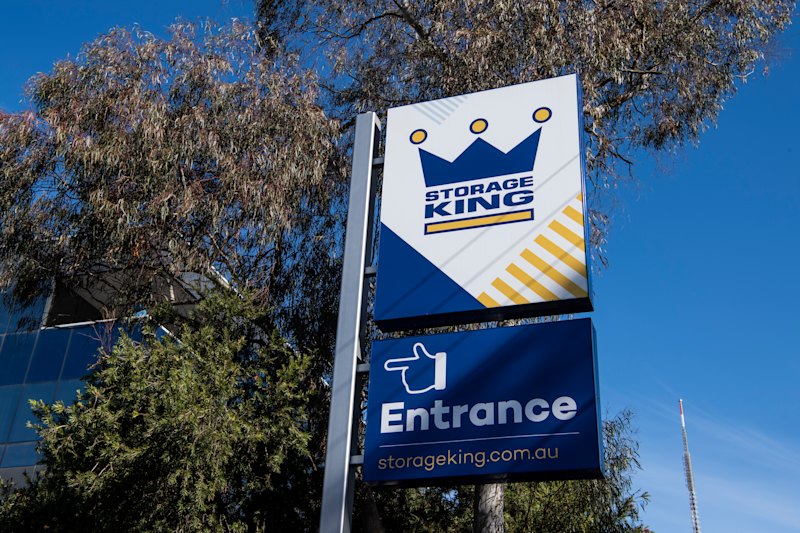Property price growth outstrips rents, especially for inner-city apartments, data shows
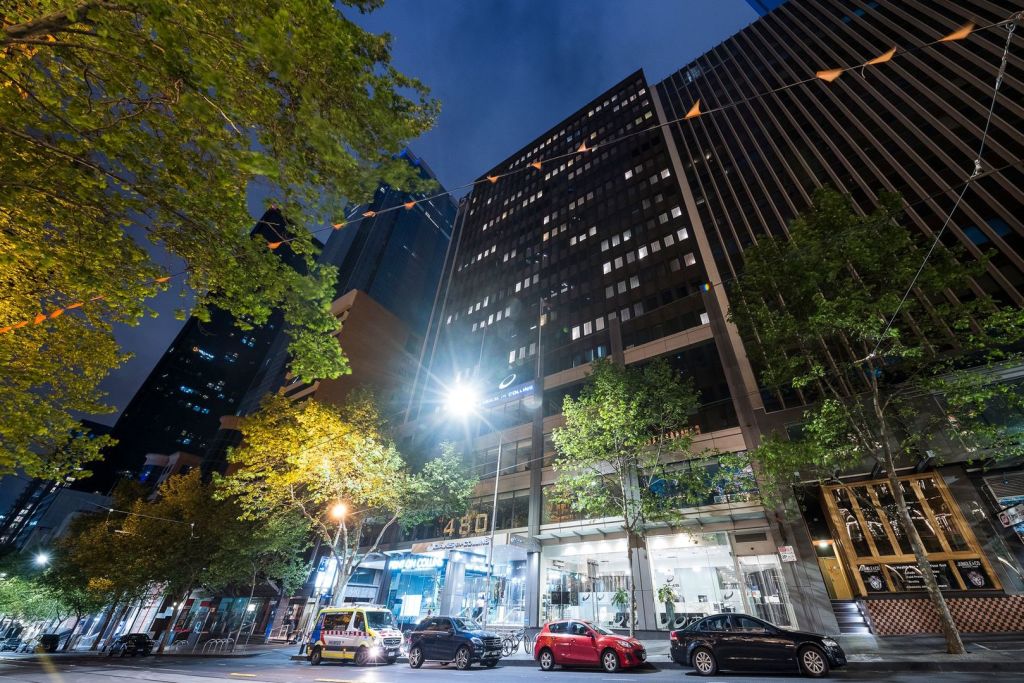
Property price growth is outstripping rent growth in Australia’s largest cities as the housing market booms, with the gap most pronounced in the weakened inner-city apartment markets.
And if international students are unable to return to Australia soon after more than a year of closed borders to slow the spread of coronavirus, CBD unit values could take a hit, a top economist warns.
Sydney house prices soared a stunning 8.5 per cent in the March quarter, while house rents stayed flat over the same timeframe, according to Domain data.
Apartment prices across the harbour city rose 2.2 per cent in three months while unit rents were flat.
But Sydney CBD unit prices showed a bigger gap, rising 6.5 per cent over the past year, while CBD rents dropped 17.2 per cent.
Melbourne figures paint a similar picture, with house price growth (up 4.8 per cent) in the March quarter outstripping house rents (down 2.3 per cent), and overall unit price growth (up 2.2 per cent) faster than unit rents (down 2.6 per cent).
In the Melbourne CBD, hit hard by the city’s extended lockdowns, unit prices rose 3.9 per cent in a year even though rents plunged 29.1 per cent.
“Normally it suggests there’s something unsustainable about it, because the price of a house should reflect the value of the services it provides, and the best measure of those services is the level of rents,” AMP Capital chief economist Shane Oliver said.
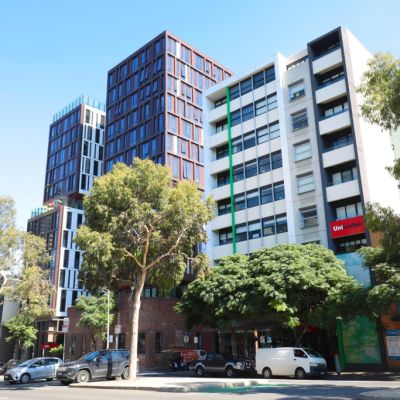 Investors offload empty Melbourne CBD apartments for losses of up to 40 per cent
Investors offload empty Melbourne CBD apartments for losses of up to 40 per cent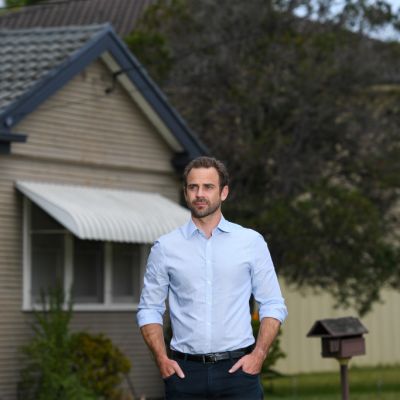 Sydney house prices soar to record median of $1.3m after fastest quarterly rise in 28 years
Sydney house prices soar to record median of $1.3m after fastest quarterly rise in 28 years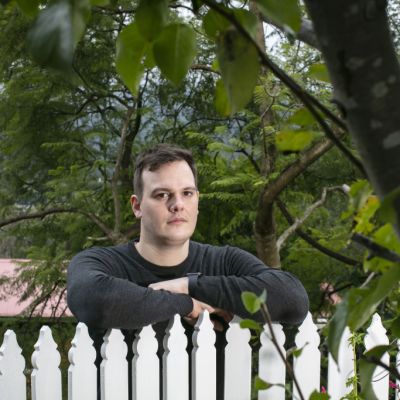 Melbourne’s median house price to hit $1m by June, prices rise by 4.8 per cent in three months
Melbourne’s median house price to hit $1m by June, prices rise by 4.8 per cent in three months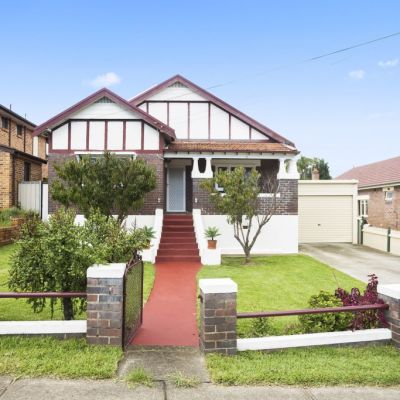 Housing affordability: Rise of Bank of Mum and Dad fuels inequality in hot market
Housing affordability: Rise of Bank of Mum and Dad fuels inequality in hot market
“The decline in average yields will tell that property is becoming more and more expensive and potentially overvalued.”
He said this was more of an issue for units than houses as international border closures bite. Sydney house rents are still higher than a year ago despite not increasing in the March quarter.
And he noted that rent growth had not kept pace with property price growth over decades, with investors in the 1980s receiving higher rental returns than now.
But he said despite a drop in new supply as the building boom ends, inner-city areas are dependent on the return of international students and immigrants.
“If that doesn’t happen too soon, we may see continuing high vacancy rates in Sydney and Melbourne and continuing weakness in rents, which would eventually weigh more substantially on inner-city, multi-dwelling property values,” he said.
“That’s the risk an investor needs to allow for.”
Not all capital cities are seeing the same effect.
Brisbane and Perth rents performed slightly better than sale prices in the March quarter, across both houses and apartments.
Canberra unit rents also outstripped unit price gains, but house rents lagged as the national capital’s house prices shot up.
CBA senior economist Kristina Clifton said the main driver of soaring house prices had been low interest rates. The Reserve Bank cut rates last year to support the economy, which prompted banks to offer ultra-low fixed mortgage rates.
“Interest rates won’t have the same impact on rents,” she said.
“Rents are under pressure … [because of] borders being closed and students not coming into the country.”
Although the timing of any international border reopening is uncertain and depends on the vaccine rollout, she said borders would reopen, and student numbers would pick up again.
“Some of these effects underway at the moment will unwind when borders reopen,” she said. “Expect to see stronger demand for apartments when that happens.”
The bank’s internal data is already pointing to a pick-up in rents, she said.
Westpac chief economist Bill Evans was less optimistic, saying he does not see the border closure changing any time soon.
“Low interest rates support house prices, but the concern about vacancies in high-rise [units] is putting a brake on that sector, although their prices are still going up,” he said.
“[Vacancies] are much higher in Melbourne than elsewhere … that’s the high-rise effect.”
He was more upbeat about the prospects of the rental market in detached housing as city residents look for more space to work from home.
“I’d be surprised if vacancy rates in detached housing don’t start to come down,” he said.
We recommend
States
Capital Cities
Capital Cities - Rentals
Popular Areas
Allhomes
More



